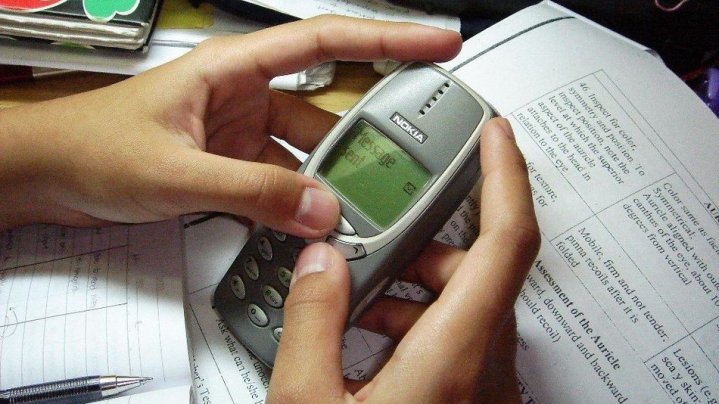
Do you remember the days of 2G network on your smartphone, when a pictre used to take aeons to load? You might be surprised to know that there are some 140,000 people in Singapore who still use the 2nd generation Internet connection. But fortunately or unfortunately, they will have to upgrade themselves.
According to a report by AFP, when Singapore pulls the plug on its 2G mobile phone network this year, thousands of people could be stuck without a signal -- digital have-nots left behind by the relentless march of technology.
First rolled out in 1994, when playing Snake on a mobile phone was the epitome of Internet, 2G has long been replaced by next generations of Internet connections. In this era, when the new gold standard of 5G is offering lightning fast connectivity to a generation used to stream movies and live TV shows directly to phones, there are hundreds and thousands of people in Singapore who still use the city-state's second generation (2G) network and cheap, robust handsets.
Singapore, which has one of the world's highest rates of smartphone penetration, plans to turn off 2G in April in order to re-allocate scarce radio frequency spectrum and meet surging consumer demand for high-speed data.
"It makes sense for a market like Singapore as operators need more capacity for data services," Charles Moon, an analyst with information technology research firm Ovum, told AFP.
Telco giant Singtel said from April this year, the 2G network across all telcos in Singapore will gradually be closed. "But not to worry – you can continue to enjoy our phone and data services without disruption simply by upgrading to a 3G or 4G handset now," Singtel said.
Japan and South Korea as well as US telecom giant AT&T have already shut down their 2G networks and Australia is set to stop the service in September. Singapore recently banned the sale of 2G-only mobile phones and new prepaid SIM cards no longer work on 2G handsets.
As for the global market, the 2G saga is not set to end anytime soon, even though the number of smartphones is projected to soar from four billion last year to some six billion by 2020, according to IHS Markit data. By 2021, 2G will still account for 11 percent of total mobile subscription across the globe, mostly in Africa and Latin America, informs analyst Moon. Affordability, longer battery life and durability of 2G handsets will be the major aspects driving the sustained use of it.









